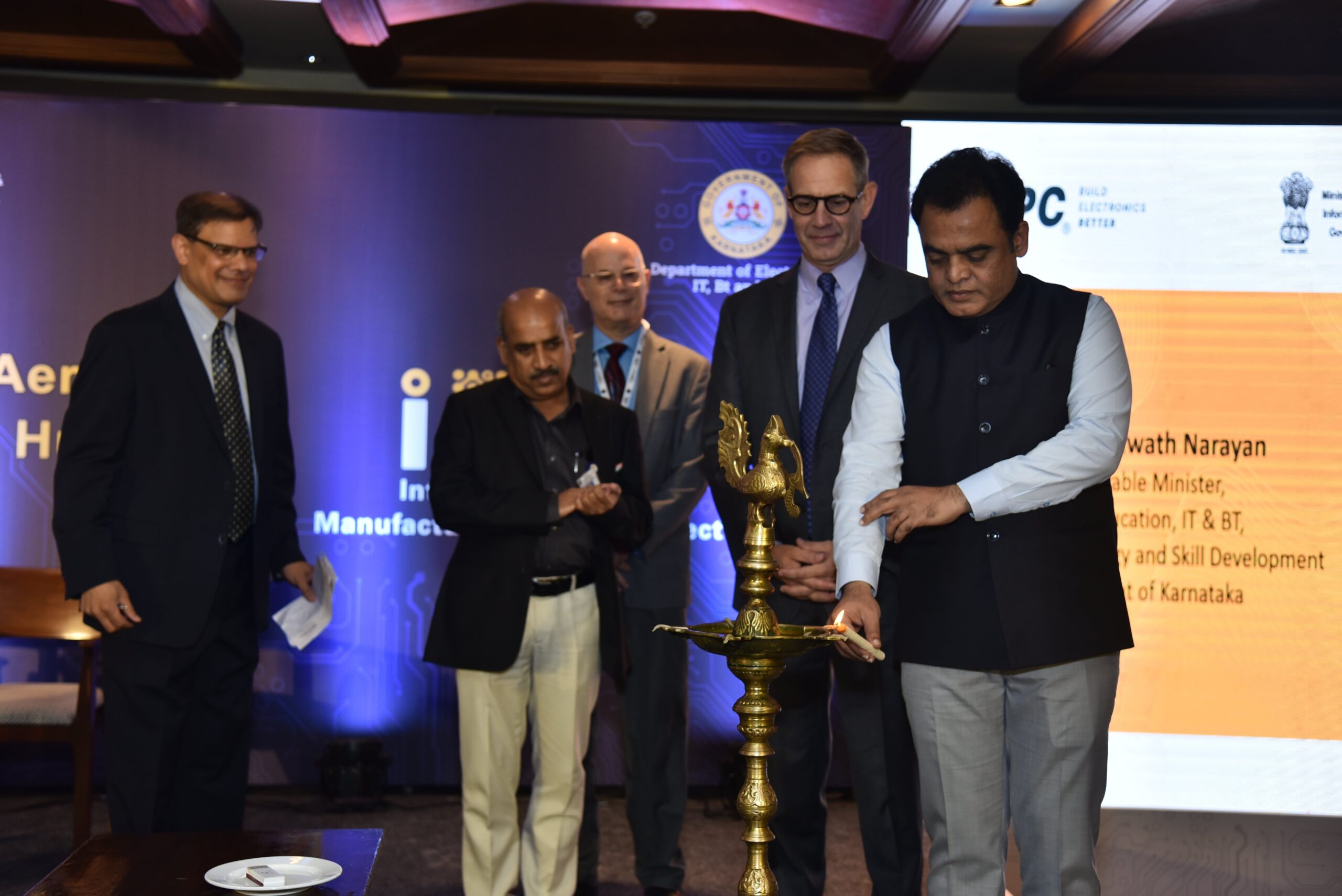5 trends for the sustainable manufacturing industry in 2023
2023 brings fresh, varied, and increased challenges for the manufacturing industry. Businesses can transform these challenges into opportunities for sustainable growth and to meet looming climate goals. Contec predicts that sustainability trends will emerge in the manufacturing sector. Learn the five sustainable manufacturing trends that can help you sustain your business in 2023.
#1 – Reshore to minimise risks
In the past few years, industries have faced supply chain disruption and hikes in fuel and transport prices, exposing the disadvantages of globalisation.
Medina (2022) asserts that Europe and North American companies are ushering in a new phase of globalisation by leading reshoring efforts to reindustrialise their economies. Products once manufactured in developing countries will now be produced domestically. While this trend started in the last decade, Contec expects reshoring to increase in 2023.
There will be a growing application of circular economy methods, domestically and regionally, to support reshoring.
As a result, companies can reduce risks associated with delivery time, spoiled products, price fluctuations, and supply bottlenecks by lowering dependence on out-shored materials.
#2 – Decrease scope 3 emissions
Most companies have been addressing Scope 1 and 2 emissions since they control them directly. Scope 1 is direct emissions from company-owned processes, and Scope 2 comes from energy use. However, according to Deloitte, most of a manufacturer’s emissions, up to 70 per cent, are Scope 3 emissions. These are indirectly released upstream or downstream of the value chain. For a manufacturer, Scope 3 emissions arise from raw materials extraction, manufacture, and transportation.
Companies must and will start curtailing their Scope 3 emissions to achieve net-zero goals.
Circular economy manufacturing that reuses or recycles materials from end-of-life products reduces the polluting and carbon-emitting extraction, processing, and manufacture of virgin raw materials. Furthermore, circular manufacturing will keep materials within a country, reducing emissions from long-distance transport of end-of-life products and the import of raw materials. Currently, only 7.2 per cent of the materials are recycled and circular, so Contec believes there is an immense capacity for change in all industries.
#3 – Move from Intent to Impact
Several companies have made climate pledges. However, achieving the desired impact has not been easy. Companies find it challenging to completely meet the ambitious targets they have set themselves, despite implementing impressive sustainability strategies. According to a BBC report, this is partly because they do not yet address Scope 3 emissions.
To control Scope 3 emissions, the entire value chain, not just a few isolated manufacturers, will have to transition towards a net-zero path and circular economy. Associated businesses, however, are currently wary of change and unsure how the required money, policy, and innovation will materialise.
For example, getting entire industries involved will require massive funds estimated in the trillions of dollars over the next 30 years, according to a 2022 McKinsley report. Contec predicts that in 2023, there will be more concrete action and impact on meeting climate ambitions as markets and governments will work to find and promote tangible solutions.
#4 – Use New Technologies to Boost Productivity & Engagement
Clean innovation and its spread are necessary to increase manufacturing productivity, create green assets, and improve living standards for people, according to Stern and Valero (2021). Innovations in clean technology will enable the national and regional strategies that are needed to build robust but shorter supply chains. Though high, the investments required to innovate will be less than those needed to fix environmental damage and the associated costs from continuing older manufacturing models.
New technology can also improve employees’ productivity and creativity by providing tools to handle time-consuming, repetitive work and allowing people to focus on vital tasks. Technology is already helping companies attract suitable non-local talent through remote work. Faster communication tools make team coordination easier and enable better customer service. Most employees consider new technology to improve their health and safety as well.
Therefore, manufacturers should support the adoption of new technologies by providing training and reward systems, as Ratna and Kaur (2016) suggest based on their research.
Contec believes a well-trained and happy team supported by technology is vital to achieving sustainability and net-zero goals for 2030 and beyond.
#5 – Find new collaborators
Contec believes collaborations are essential to moving the manufacturing industry forward. Solving this century’s most significant challenges will require everyone to prioritise collaborative efforts.
Manufacturers will continue to collaborate with research universities to find eco-friendly and innovative alternatives to polluting technologies and raw materials in order to maintain productivity, sustainably, and reach climate goals. Collaborations and partnerships between suppliers and manufacturers in the value chain will also be necessary. Their success will depend on transparency and accountability during technology development, resource use, financing, and recognizing limitations.
Moreover, the transition to net zero should be socially just. This will be possible only through cooperation across industries, supported by government policy, to generate new opportunities and minimise uncertainties, as pointed out by the 2022 McKinsley report.
Conclusion
Contec contributes to sustainability in several manufacturing industries, namely tire production, by producing secondary raw materials from recycled end-of-life tires.



